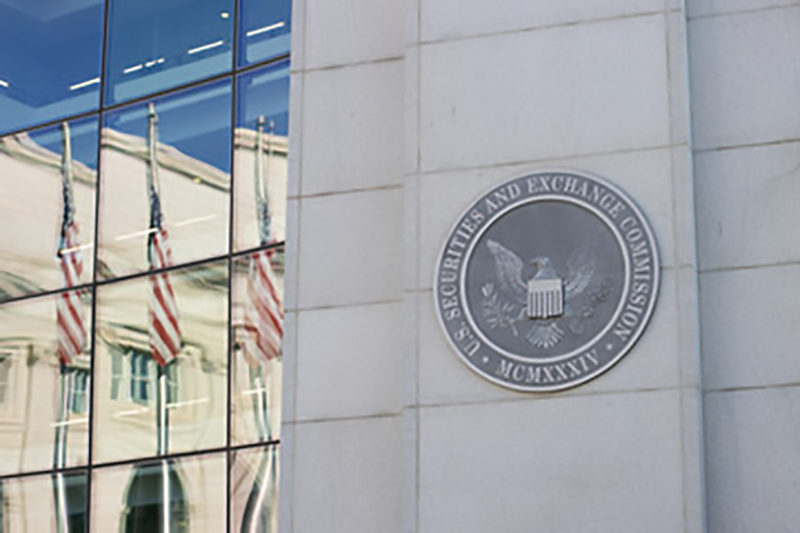Brute-force attacks are some of the most common and straightforward ways hackers gain unauthorized access to accounts and systems.
It’s an attack that works especially well when passwords are weak or commonly used. In fact, 93% of passwords targeted in brute-force attacks are 8 characters or longer. Unfortunately, many organizations are vulnerable—54% don’t have a tool in place to manage their employees’ passwords, leaving them open to such attacks.1
Learning how brute-force attacks work and how to protect yourself is essential to securing your online accounts and data.

Why Are Brute-Force Attacks Common Cyber Threats?
In a brute-force attack, hackers use automated tools to guess passwords by trying thousands or even millions of combinations until they find the right one.
Brute-force attacks are popular among malicious actors because they don’t require much skill, just the right tools. If you have a weak password, like “123456” or “password,” it’s easy for them to crack it quickly. Hackers also know that many people reuse passwords across different accounts, so once they break into one account, they might get access to others.
The risk is real because brute-force attacks can target anything from personal accounts to large business systems. If successful, hackers can steal your data, cause financial loss, or even disrupt entire systems.
How Brute-Force Attacks Work
Hackers choose something to attack, like your email, social media, or a website account. They use a computer program that automatically tries thousands, even millions, of passwords. If the right password is guessed, the hacker gets access. From there, they might steal your information or take control of your account.
Hackers use specific tools and methods to make brute-force attacks faster and more effective. Here are some common ones:
- Password Cracking Tools
These are programs, like the free Brutus Password Cracker, CrackStation, or RainbowCrack WFuzz, designed to crack password hashes to get quick access. Some are built to secure and recover passwords, such as THC Hydra or John the Ripper. - Wordlists
Hackers don’t always guess randomly. They use lists of common passwords people often use, like “123456” or “password.” - Dictionary Attacks
This is a method where hackers use every word from a dictionary to guess your password. If your password is a real word, it’s easier to guess. - Botnets
Sometimes, hackers use a network of computers (called a botnet) to make the attack faster and harder to stop.
Knowing how brute-force attacks work helps you take steps to protect your accounts and remain one step ahead in case such incidents occur.
Brute-Force In Action
Brute-force attacks can happen in many ways, and knowing how they work can help you protect yourself. Here are some common examples:
1. Using Social Engineering
Hackers often use social engineering to gather information online, like searching Google or LinkedIn, to find target organizations and user accounts for brute-force attacks. Social engineering attacks can be particularly effective because they exploit human psychology and vulnerabilities.
2. Guessing Your Email Password
Do you use a weak password like “admin1234”? A hacker runs a program that tries every simple password combination, including “admin1234.” Once they guess it, they can log into your email, read your messages, and even reset other accounts linked to your email.
3. Breaking Into a Website Account
You have an account on a website, and the site doesn’t limit how many times someone can try logging in. A hacker uses a tool that quickly guesses username and password combinations. If your password is common, like “password123,” they could gain access and steal your personal information.
4. Stealing Credit Card Details
Hackers often target online shopping accounts. They guess the username and password for your account to see your saved credit card information. If your password is weak or reused from another site, you’re an easier target.
5. Accessing a Wi-Fi Network
Your home Wi-Fi has a simple password like “mypassword.” A hacker uses a program that tries every possible combination of letters and numbers until they guess it. Once they’re in, they can use your Internet connection or even spy on devices connected to the network.
6. Attacking a Business Server
Hackers often target businesses by trying to crack into servers or databases. They use brute-force tools to guess login details for admin accounts. If they obtained access, they might steal customer data, shut down your services, or demand a ransom to undo the damage.
7. Using the Global Address List (GAL)
After hacking a few accounts, hackers can download the GAL from the target’s email system. This gives them a larger group of accounts to target with a wider attack. Since these are legitimate accounts, the hacker has a better chance of breaking into more and gaining deeper access to the network.
8. Controlling Other Computers Remotely
Once hackers can access an account, they often try to move deeper into the network, called “lateral movement.” They might use tools like Remote Desktop Protocol (RDP) to remotely control other computers in the network and search for more valuable information. They often use File Transfer Protocol (FTP) tools, like FileZilla, to transfer the stolen data out of the network to their own systems.
How To Protect Yourself From Brute-Force Attacks
It starts with making it harder for hackers to guess your passwords; use strong, unusual passwords for every account.
A strong password should combine letters, numbers, and symbols, and it shouldn’t include common words or personal details like your name or birthdate. Using a password manager can help you create and store secure passwords without needing to remember them all.
One of the best defenses is multi-factor authentication (MFA). Take for example, in 2021, Microsoft found the notorious SolarWinds threat actor using password spray and brute-force attacks to break into accounts, even targeting a customer support employee’s computer. That’s why the 2Secure team strongly recommends using MFA as the best way to protect yourself from these attacks.
MFA provides another layer of protection by requiring you to verify your identity with something you have, like a code sent to your phone or an authentication app. Even if a hacker guesses your password, they still can’t get into your account without that second step.
You can also look for accounts and websites that lock out users after too many failed login attempts. This makes brute-force attacks much harder for hackers to pull off. Furthermore, don’t reuse passwords across multiple accounts.

FAQ
What Is A Brute-Force Attack?
A brute-force attack is when hackers use a program to try many different passwords until they find the right one. They do this automatically and quickly, making it easier to break into accounts with weak or common passwords. It’s important to use strong, unique passwords to protect yourself from these attacks.
What Is A Famous Example Of A Brute-Force Attack?
A famous example of a brute-force attack is the 2012 LinkedIn breach. Hackers used brute-force methods to crack weak passwords and stole millions of account details. This incident calls for using strong passwords and adding extra security to protect your online accounts.
How Can You Prevent Brute-Force Attacks?
To prevent brute-force attacks, use strong, unique passwords for each account, and enable MFA for extra protection. 2Secure’s email security can help protect your email accounts by blocking suspicious login attempts and ensuring only authorized users can access your information. This adds a layer of defense and makes it more formidable for hackers to break in using brute-force methods.

Source:
- THE 2022 WEAK PASSWORD REPORT An annual investigative look at the state of passwords. (n.d.). https://specopssoft.com/wp-content/uploads/2022/02/Specops-Software-Weak-Password-Report-2022-2.pdf




